Christmas trees are traditionally evergreen conifers, such as spruce, fir, and pines. Unsurprisingly, these trees are abundant in winter and provide a burst of colour during a time when our landscapes are otherwise sparse. However, it’s not just their availability that makes them perfect for our seasonal décor; each of these trees has its own unique history that adds to the spirit of Christmas.
Spruce Trees
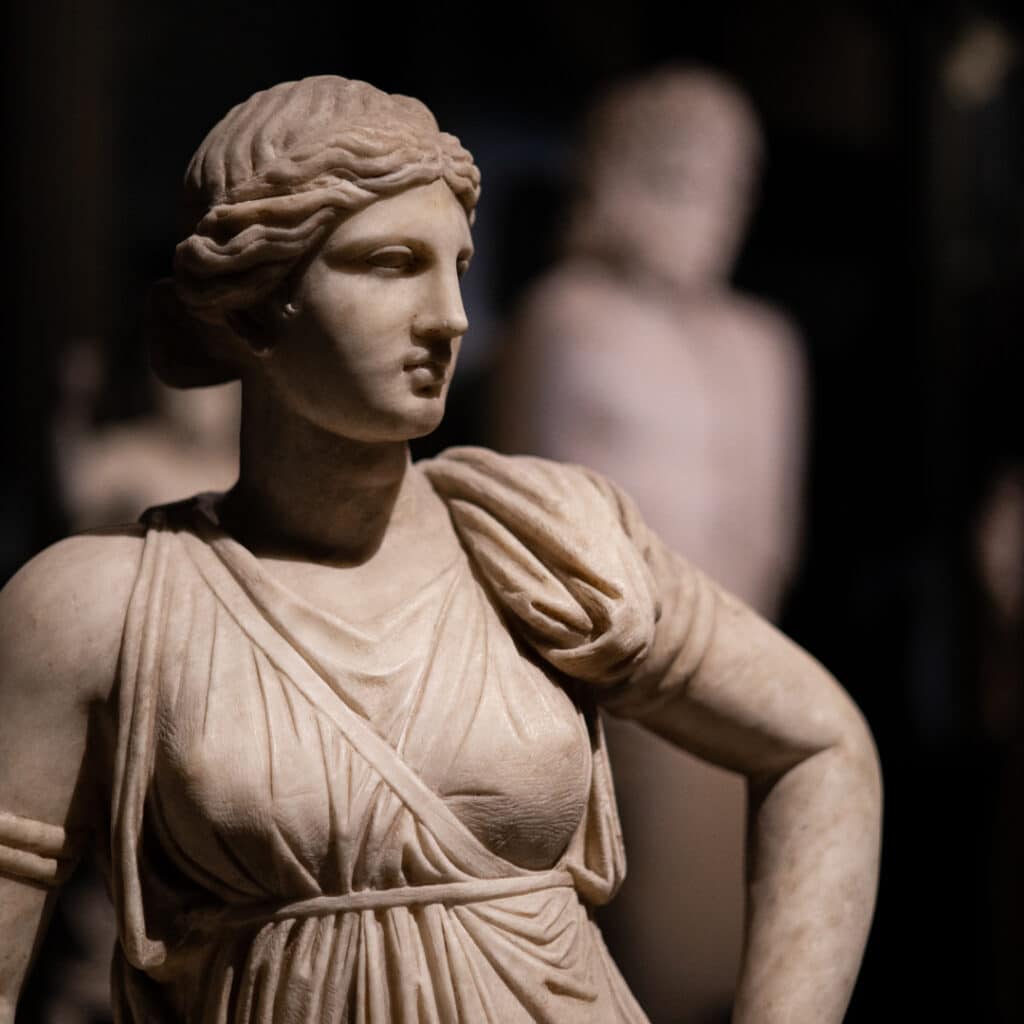
Spruce signifies resilience and strength and is often given as a memorial tree. In Greek mythology, it was associated with Artemis, the goddess of the moon, and in Gaelic tradition, it represents the eternal mother and offers protection.
Fir Trees
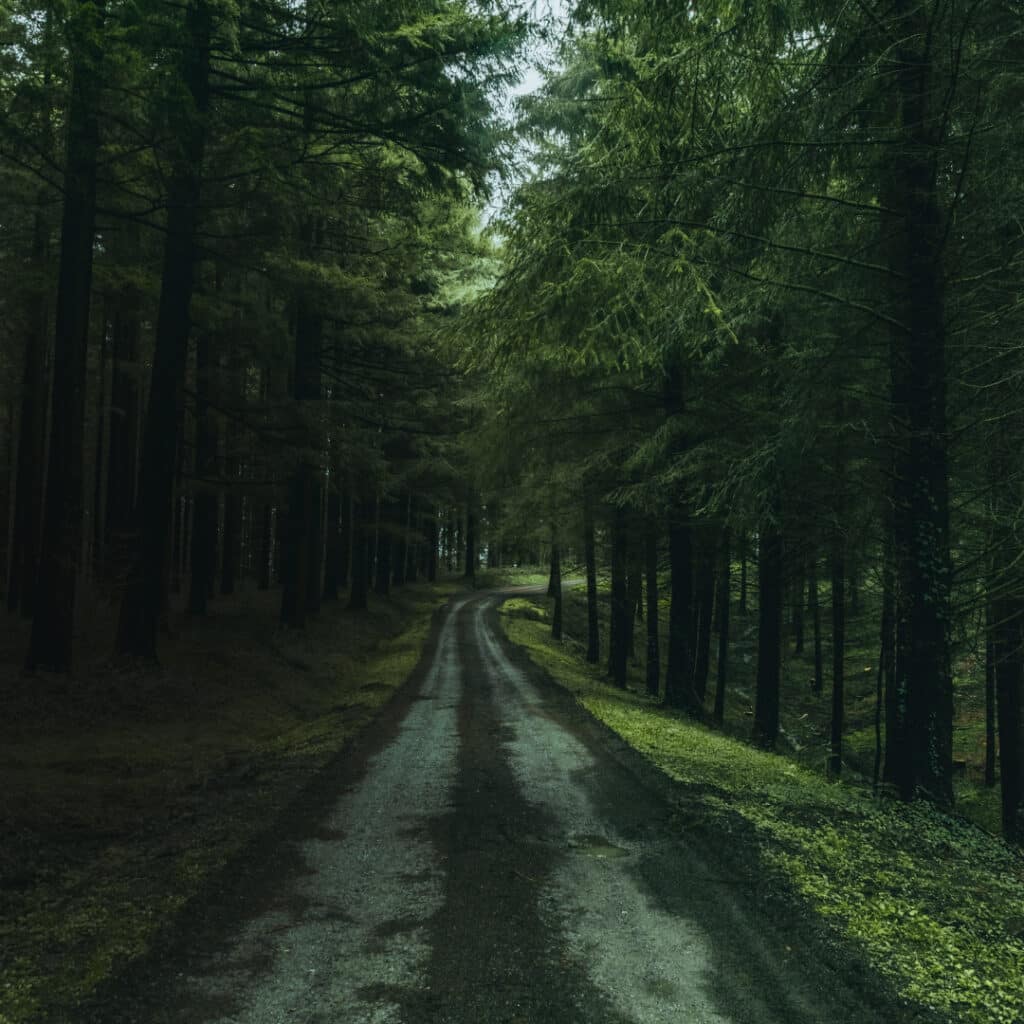
Fir symbolises hope for the future, and in the Bible, it is a signifier of good. The fir tree was also the focus of one of Hans Christian Andersen’s fairy tales, ‘Grantræet,’ which deals with an inability to live in the moment and appreciate what we have when we have it.
Pine Trees
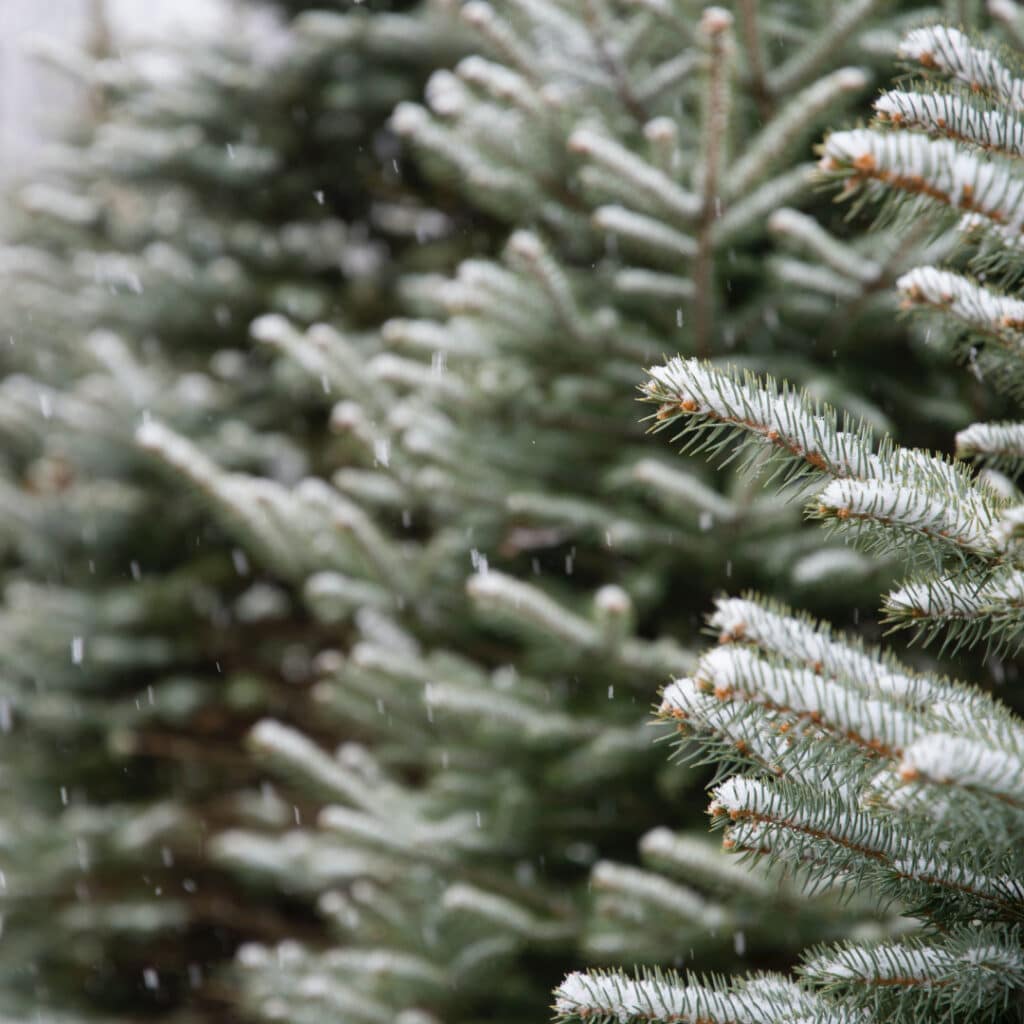
Pine is associated with virtue and long life by many. In Greek and Roman mythology, it is a symbol of fertility. In Scotland, Druids would decorate local pine trees with shiny objects, representing the divine light of the stars and the changing of the seasons.
In addition to the obvious reason for evergreens being used at Christmas, the history and folklore associated with these trees also make them the perfect choice for symbolizing what we associate with this special time of year.
Although the Christmas tree as we know it did not gain popularity until the 19th century, the tradition of decorating winter trees dates back to the ancient Greeks and Romans, who used adorned trees in celebrations dedicated to the gods. Many countries utilised decorated trees to ward off evil spirits, ghosts, and even witches.
In the 16th century, in Germany, Protestant reformers began bringing trees into their homes at Christmas and lighting them with candles, a practice that would be considered a health and safety nightmare by today’s standards! In the UK, the popularity of the Christmas tree surged in 1846 when a sketch was published depicting Queen Victoria and her family surrounding a decorated tree. With this publication, the tradition of decorating Christmas trees was born.
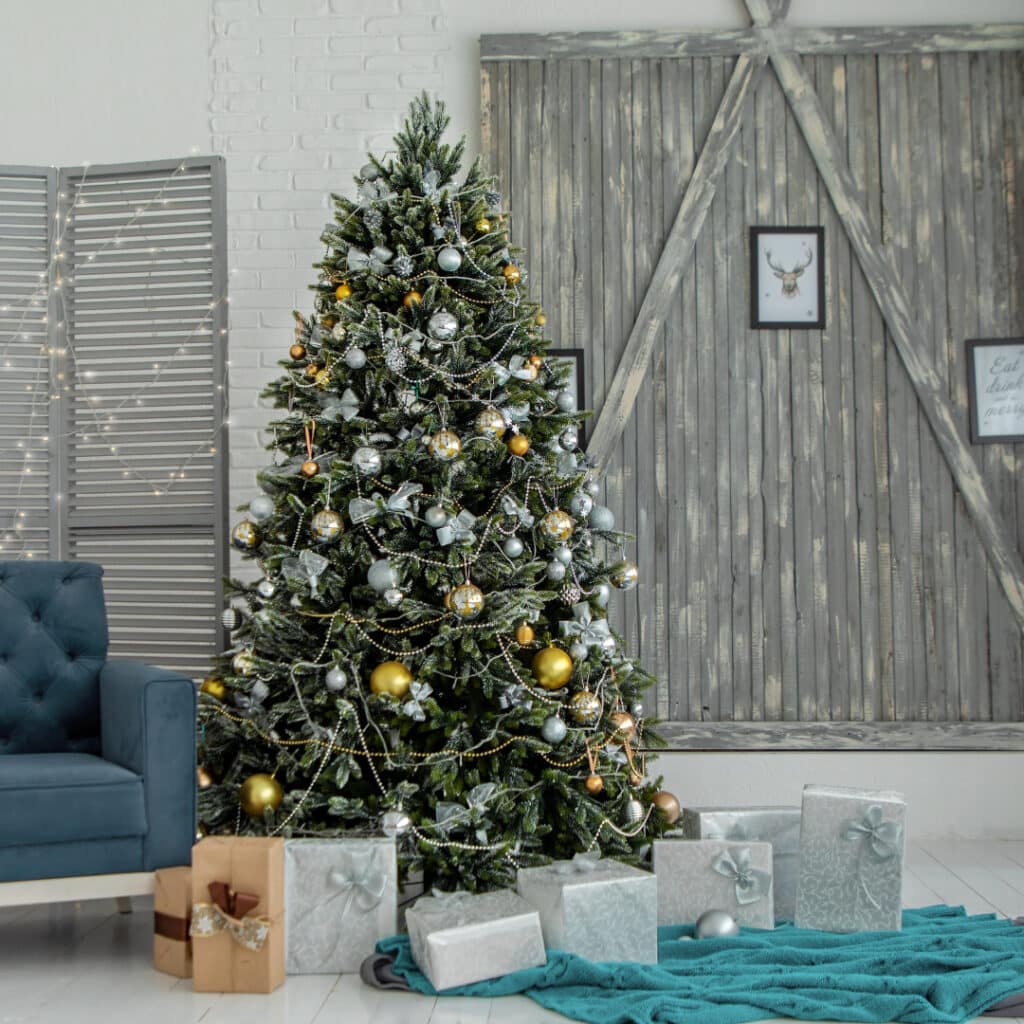
With the Christmas tree comes the decorations, and no traditional tree is complete without a bauble or two. Glass baubles were first created by German glass-blower Hans Greiner, with the oldest known bauble dating back to 1847.
Nowadays, baubles come in all shapes and sizes. The largest Christmas bauble ever produced was for The Dubai Mall in 2018, measuring 4.68 meters in diameter and weighing 1,100 kilograms! Hallmark Jewellers set a record in 2009 by creating the most expensive bauble, valued at $136,000 USD. This exquisite bauble was crafted from 18-carat white gold and featured a traditional snowflake pattern.
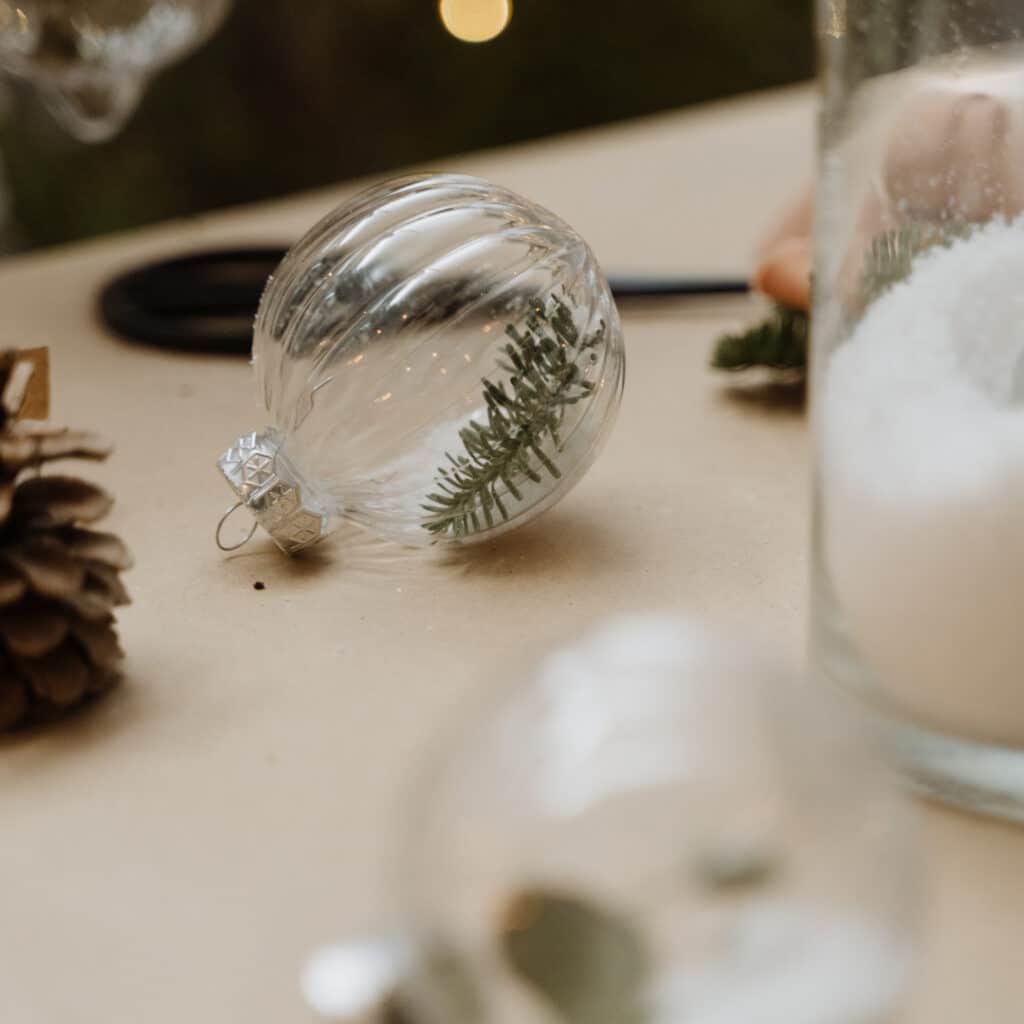
What adorns the tree has changed over time as tastes and technologies have evolved. Candles, fruit, nuts, popcorn, cookies, electric lights, and delicate baubles have all found their place on the tree, with families often passing down their own traditions through the generations. The tree itself has also undergone changes with the invention of artificial trees, making Christmas a tidier affair. But why stop at fake pine? There are plenty of contemporary alternatives available.
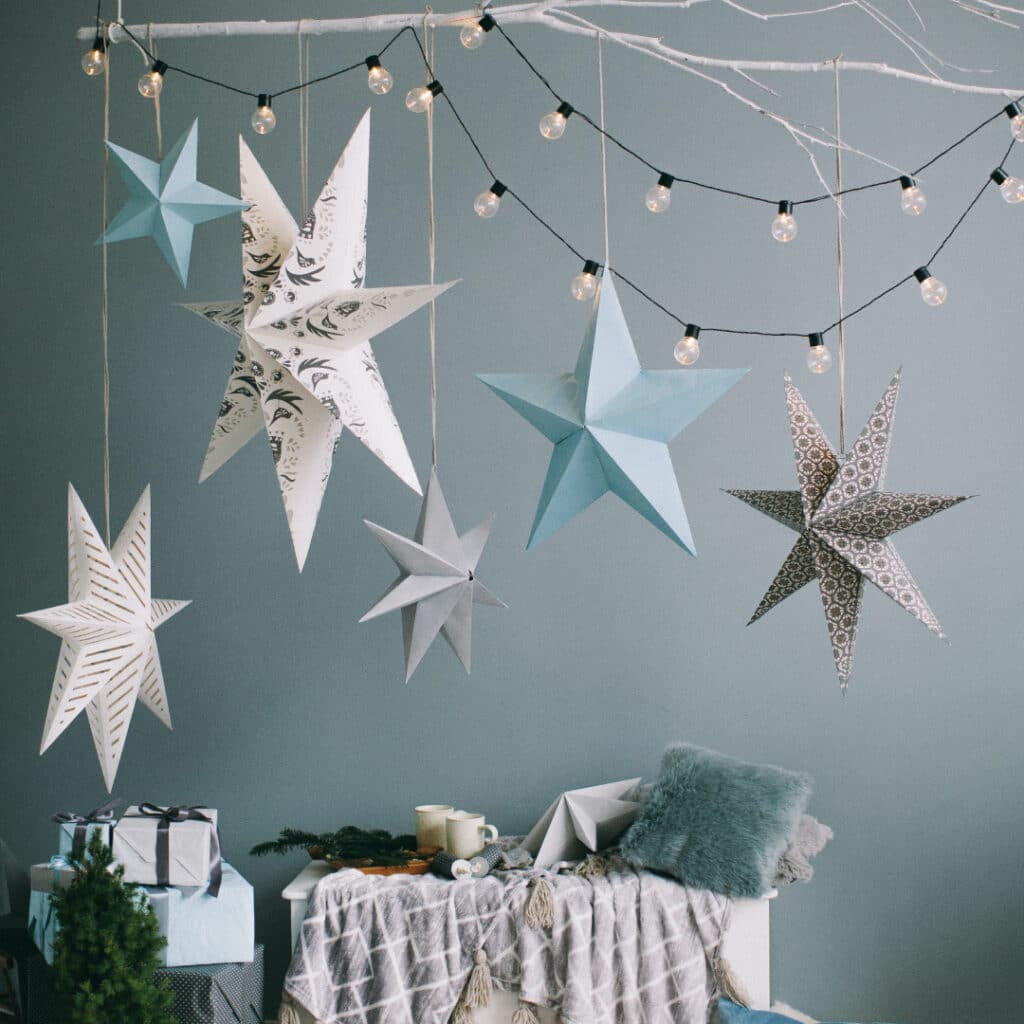
Whether you are using building materials, books, or an old ladder, Christmas décor should be personal. Why not break with tradition this year?

